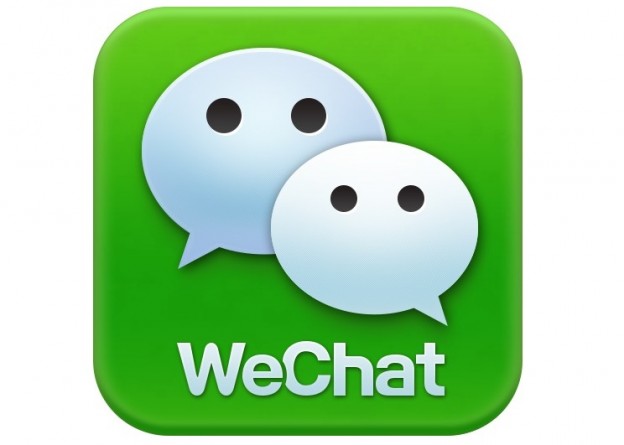Top Demand Side Platforms (DSP) in China
Since entering China in 2012, DSP has become a major competition area of all the “powerful and visionary” companies. Big companies like Baidu and Tencent have built their own DSP platforms, traditional advertisement agencies and new players flocked to this area, but there is no stable situation yet in this market. So if you decide to embrace this new technology, doing a test-run is highly recommended. Below are five major Chinese DSP providers 2Open has worked with before:
悠易互通 YOYI
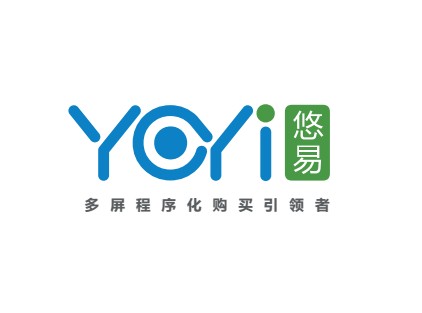
Yoyi Media is a Chinese provider of targeted online advertising and marketing solutions for advertisers and media publishers. Founded in 2007, Yoyi Media specializes in the research and development of online precision targeting technology and Internet marketing services. Yoyi provides both impression-based and performance-based advertising solutions and has developed a network of top publishers in China. Through three product-line offerings YO-Focus(TM), YO-Crazy(TM), and YO-Target(TM), Yoyi Media enables marketers and brands to reach targeted audience based on their demographics, behavior, expectation, time, and location. With support centers in Beijing, Shanghai, and Guangzhou, Yoyi Media serves top brands and their agency partners through a premium ad network that includes China’s best-known portals and vertical sites
品友互动 iPinYou
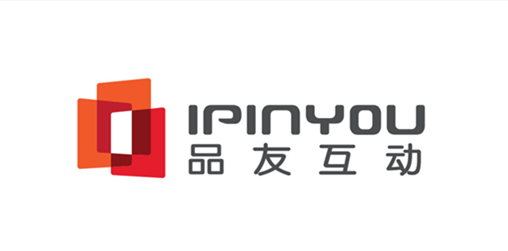
Beijing iPinYou Information Technologies Co., Ltd (iPinYou) was founded in 2008 and is now China’s largest DSP (Demand-Side Platform). iPinYou is headquartered in Beijing and has offices in Shanghai, Guangzhou and Silicon Valley. iPinYou has built world class Real-Time Bidding (RTB) technology and algorithm, proprietary cloud computing platform and patented audience profiling technology. iPinYou has served over 200 brands in IT, financial service, auto, FMCG, travel and more. It has also significantly improved the advertising effectiveness for advertisers and fostered extensive partnerships with domestic mainstream and private exchanges. It is established as a leading provider of audience based programmatic advertising technology.
传漾科技 adsame
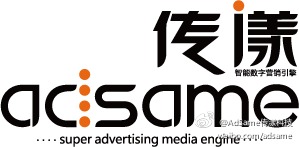
Adsame is a digital marketing agency offering advertising, data insight, and publishing solutions. It helps customers to be more concise and efficient in digital marketing. The company offers two platforms: products platform and media platform. Product platforms include Dolphin Advertising Release and Management and Eagle Advertising Monitoring and Assessment etc. Media platforms include Max Brand Advertising Network (portals, vertical, SNS, and video).
互动通 hdtMEDIA

Established in 1999, HDT Holdings Group is the pioneer both in China’s rich media industry and in rich media advertising formats. HDT Holdings Group consists of six major platforms: digital media platform hdtMEDIA, mobile media platform hdtMobile, programmatic marketing platform hdtDXP, premium publishers service platform hdtSSP, data management platform hdtDMP and mobile ad exchange platform H2.
聚效广告 MV AD
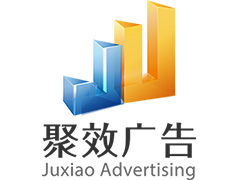
Founded in 2009, MV Ad Platform is a company specialized in targeted online advertising with an efficient and professional elite team. MV Ad platform has R&D centers in Shanghai and Beijing, and subsidiaries in Guangzhou and Hangzhou. MV Ad platform ranks among the best in resource integration, innovation and professional competence.
This article was edited by Andres Arroyo from 2Open.
References:
http://www.marketing-interactive.com/brief-guide-programmatic-ad-buying-china/
https://www.clickz.com/clickz/column/2282204/the-challenge-of-rtb-dsp-in-china
Demand Side Platform in China
Overview of Demand Side Platform (DSP) in China
After arriving to China in 2012, DSP has gained popularity among advertisers due to its way of changing the traditional advertising buying model, from media buying to target audience buying. It lets advertisers see their ads performance more intuitively, allowing them to change promotion strategies more efficiently. As one of the main trends in the digital advertisement development , there is no doubt that DSP will play a more important role in China’s digital marketing scene.
What is DSP?
Demand side platform (DSP) is a system that provides the technology needed to unlock the value of real time bidding (RTB) information provided by ad exchanges. There are thousands of advertisers on the Internet trying to promote their products with high-quality media, precise target audience, optimized advertising strategies and high ROI (Return On Investment). In simple terms, DSP is a service platform for advertisers, in which they can set up target audiences, delivery area and biding price etc.
RTB and Ad exchange
Real time bidding (RTB) is a digital ad buying process that allows advertisers to evaluate and bid on individual impressions. Let us pretend that the Internet is a big cobweb, where users leave traces when they are surfing on it. By using this new technology, advertisers can take all this data into consideration, and then decide the site, placement and bidding price on each ad impression. Usually, this process is completed in 120 milliseconds.
Ad exchange is like an open online advertising marketplace that lets publishers and advertisers connect with each other. You could think of it as a stock exchange; however, it works by auctioning each impression to the highest bidder.

What are the advantages of DSP?
- Wide reach: There is no limit of time and space, advertisers can show their ads when they want to show them and to any target audiences.
- Low cost: Unlike traditional media ads, DSP uses programmatic buying and charges by CPC/CPM, which gives advertisers more flexibility with their budget.
- Specific target: With the Data Management Platform (DMP) of DSP, advertisers can easily target their potential audience according to different characteristics (like age, gender, place, income, etc), this makes advertising more accurate and cost-efficient.
Challenges of DSP development in China:
- Lack of transparency
Many Chinese DSPs do not provide full transparency and access to their platforms, which makes it hard for advertisers to understand and optimize their marketing strategies. Usually, they just provide a report for advertisers after one promotion. As a matter of fact, some DSPs cannot even guarantee the stability of the system because of the lack of technical ability.
- Quality of media resources is hard to define
Usually big publishers just release leftovers from their inventory to ad exchanges, while they build their own private exchanges with premium resources. For example, Baidu, Alibaba and Tencent all have their own private marketplaces, through which they sell these good ads resources to big clients at a higher price. So advertisers who want to work with DSP in China have to work very hard to find the high quality traffic.
- Accuracy of target audience is uncertain
Big companies like BAT (Baidu, Alibaba and Tencent) are reluctant to share their data, and there is no mature Data Management Platform (DMP) in China yet. So most DSP companies just gather data from their own ad network, third-party ad serving, or existing software, which makes the accuracy of target audience data rather doubtful.
What is a suitable DSP?
There are four features a good DSP should have:
- Appropriate RTB capability: A good DSP must be able to decide whether to participate in the auction and what is the biding price for each impression in real time.
- Appropriate directing capability: A good DSP should have a huge Data Management Platform (DMP), through which advertises can target potential audiences more precisely.
- Appropriate data analysis capability: Be able to provide, analyze and optimize reports for advertisers, which are the most valuable part of a good DSP.
- Appropriate technical capability: A successful campaign on real-time bidding (RTB) system depending mainly on the algorithm and matching model of a good DSP.
This article was edited by Andres Arroyo from 2Open.
References:
http://www.marketing-interactive.com/brief-guide-programmatic-ad-buying-china/
https://www.clickz.com/clickz/column/2282204/the-challenge-of-rtb-dsp-in-china
2Open at Territorio Creativo: China Business Overview
On Friday the 5th of February Luis Salvador Galán, the CEO of 2Open, went to give a speech to the well-known Spanish marketing consulting agency called “Territorio Creativo” (https://www.territoriocreativo.es/en/). Territorio Creativo was founded back in 1997 and it has had a huge development ever since. In 2005 its blog (TCBlog) was brought to life which later became to be one of the most influential blogs in the field, this helped and boosted the company to the highest relevant positions in the area. As for 2009, the company decided to focus more on Social Media Marketing and nowadays they operate in many different locations around the globe and have more than 100 employees.
Every Friday they organize a meeting during a breakfast session in which an expert shares experiences, expertise and knowledge with all the company’s members, this is usually held in the Madrid and Barcelona offices. They call it TcDesayunos. Luis S. Galán decided to share his Chinese experiences in the Digital Field and commentated on his personal vision about China’s landscape. Although he could have spoken about the development and best practices of 2Open, he opted for another approach and instead took the opportunity to share business experiences and receive brilliant ideas and comments from the audience.

The talk focused mainly on creativity, differences in politics, and the development of China in certain digital areas. The relation and contrast between creativity and freedom were discussed as well as advantages and disadvantages between the Spanish political system and the Chinese one. The huge development of mobile use and e-commerce in China was also a topic of discussion, since it has had a considerable growth in the past few years. The aim of this talk was mainly to give the Spanish audience a grasp of what the Chinese business environment looks like and where it is heading so they could get an idea of the so called “Chinese dream”.
If you wish to have a look at the article of Territorio Creativo about the session, and if you speak Spanish, here is the link to it: https://www.territoriocreativo.es/etc/2016/02/china-emperadora-del-ecommerce.html
This article was edited by Andres Arroyo Olson from 2Open.
The commercialization of Wechat. User experience or profit?
January 11, 2016, Zhang Xiaolong, the man behind the curtain of the Wechat Empire, who had never given a public speech before, stepped onto the stage of Wechat Open Class and shared his opinion on Wechat’s values. The fact that Zhang stood out at this moment is a symbol of the crucial timing of Wechat’s commercialization.
Wechat has now approximately 650 million users; the process of monetization has never stopped in its five years’ existence. Long have begun the business services, such as Wechat payment, shopping, taxi ordering service, etc.
In his public speech, Mr. Zhang shared some of his concerns about the future of the Chinese IM giant. He said:
“Wechat Public Platform seems like a media platform, but we prefer the Public Platform to be more than that, we want to focus more on the developers and that is our goal for 2016. Where does this need come from? We found out that more and more start-ups initiate with a Wechat Offical Account instead of developing a mobile application because the latter costs way too much. A Wechat Official Account could achieve almost the same things but more cost-effectively.”
“It was not our intention to become a media platform, we have always wanted to build a platform to provide services,” Zhang said, “that is why we even created a Service Account in Wechat, but it has not quite met our requirements. Now we are developing a new form: Application Account. We hope that with this new form of Public Account, when users follow it, it will be as if they had just installed an application. This Application Account will be in silence mode for most of the time but when users need it; they will easily find it in the app. By doing this, we grant a lot of apps a lighter existing form and simplicity.”
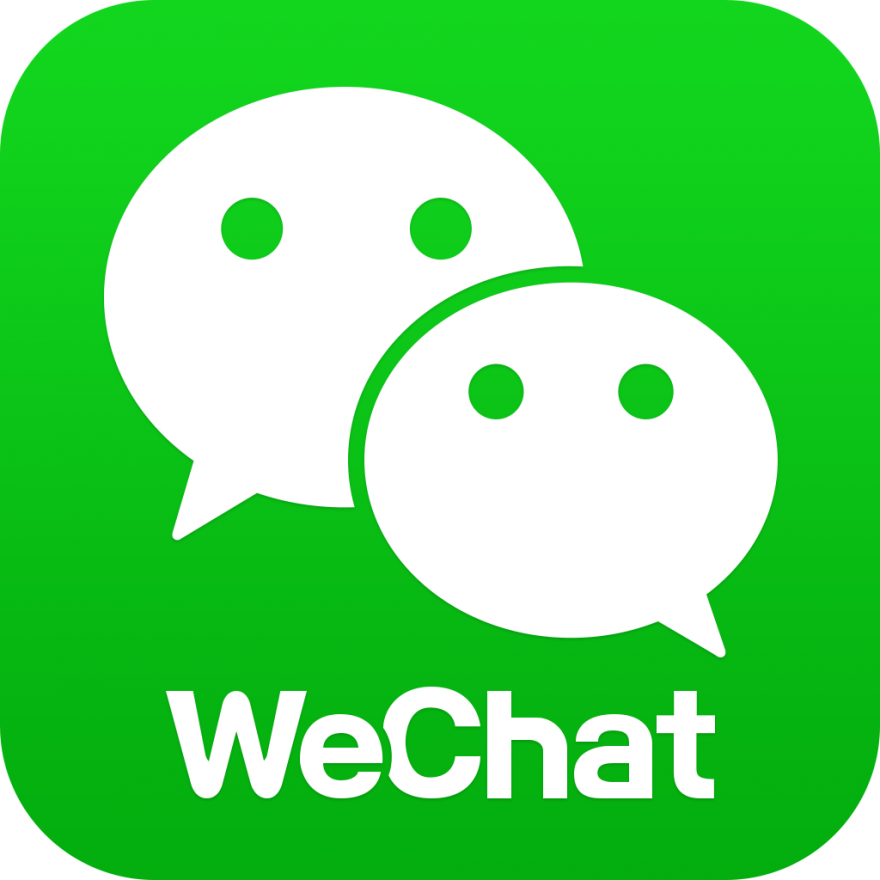 The leader of Wechat also expressed a more strict regulation for commercial activities in Wechat “There will be more restrictions for marketing events in Wechat Moments, because meaningless content will take up users’ time. The same goes for other functions of Wechat, we hope that there is as little information as possible in Wechat, so that the users can focus on their tasks and finish them effectively.”
The leader of Wechat also expressed a more strict regulation for commercial activities in Wechat “There will be more restrictions for marketing events in Wechat Moments, because meaningless content will take up users’ time. The same goes for other functions of Wechat, we hope that there is as little information as possible in Wechat, so that the users can focus on their tasks and finish them effectively.”
After trying to make money with advertisements, Zhang said that he wanted the commercialization of Wechat to be invisible and not a disturbing process based on monetizing of traffic.
One possible reason for the creation of the Application Account is that the current Service and Subscription accounts have impaired the users’ experience. Being buried in numerous and complicated piles of information distracts the users from their goals.

How to balance user experience and commercialization?
This is not a new challenge, and not just for Wechat, social platforms like Facebook, Twitter and Instagram, who already have a mature advertising model based on information flow, come across the same problem every time they try to launch new product for advertising. Unfortunately, there is no existing remedy for this headache.
At the moment, ads in Moments follow several basic rules: if users opt out or just leave it there, the possibility that this ad appears in your friends’ time-line is only 20%. The percentage will rise to 95% if you click, like or comment on it.
Each ad will be able to circulate for seven days, while every single user will only receive one ad within 48 hours. An ad with no likes or comments will be removed within six hours.
We have discussed a lot about the commercialization of Wechat, but is there a possibility that the commercialization of Wechat is not limited by the current models? Could it be possible that the commercialization of Wechat is outside of Wechat?

To understand this, we need to know some fundamental values of Wechat.
- Wechat provides us an essential ID in the era of Mobile Internet – a Wechat account. We use it to keep track of our life and business organizations use it to find us. Before Wechat, the cellphone number was the most important ID, or even earlier we had our e-mail address.
- Wechat has created Public Accounts, this not only solves the problem of digital identity for offline businesses, but also enables a new communication model: one user to many users information exchange, interactive feedback, rich media and mobilization.
- It provides the information flow the highest degree of freedom. We can contact our friends quickly and conveniently by sending messages, sharing information in Moments or through a group chat. All of this has created conditions for a more dynamic flow of money and information.
- This value is still yet unclear however, it would be an important one. Wechat could use Wechat Accounts to locate users and Public Accounts to locate businesses, accumulating trading data between users and businesses so that they could create a “Cloud of consumption”. Based on this cloud, Wechat may provide services like memberships to users or CRM to businesses.
In a word, the commercialization of Wechat is based on output and monetization of these four fundamental values instead of the commercialization of the Wechat as a mobile application itself.
What do you think?
Let us know.
This article was edited by Andres Arroyo from 2Open.
References:
http://www.vvjia.com/article/20151008153623
http://www.99eo.com/info.php?id=8272
http://www.meihua.info/a/65851
http://www.meihua.info/a/65896
http://technode.com/2015/08/24/wechat-ad-moments/
Wechat Marketing — Service account or subscription account?
A Wechat subscription account might fit you more if you want to update your audience information on a daily basis. While in terms of e-commerce functions, a wechat service account offers a more comprehensive scope than a subscription account does.
Trends turning into essential tools, outlook 2015
Every year we deal with the trends of the upcoming’s season just to make sure we are up-to-date. We are looking forward for the iPhone 6 introduction; we can’t wait for the new Michael Kors bag-collection; we have to be among the first who try out the pop-up restaurant in town. Sometimes the latest trend catches us like fire and sometimes we rather wait to see if a trend establishes (and secretly hope it doesn’t). But why do trends have such an enormous impact on us? On society? There are a few possible reasons. One could be, that we want to belong to a group – preferably the popular one. We want to sit with them. We want to be belong the “the cool” ones.

Another reason might be that evolution requires change. Without the need for changes there would be no development and we would not be where we are today.
Last year it was trendy to implement content marketing instead of the usual branded commercials and to use storytelling as a part of it. Next year though, content marketing will be essential. Due to the information overload which consumers need to face these days, we need to reduce complexity of our information. Stories and visual content (images, videos etc.) are more likely to be remembered and raise emotions which allow a brand to bond with the costumer. In this context, brands grow more and more into the role of a publisher where they have to prove empathy. It is necessary to show the costumers we actually care and shift the focus from sales to dual and more human communication.

Another example for former trends which turned into fundamental tools is mobile marketing. Today having an APP or at least providing a mobile optimized website is a must have. But noticing that mobile is the most important channel and daily life instrument especially in China and to use the data which mobile provides and to redefine the strategy upon this data is smart. By analyzing your target group and finding out new insights, and growing a community around your brand will make your digital marketing strategy much more effective.
The digital marketing trends for 2015 are not ground breaking but yet very important – trends turn into essential tools which are going to be expanded and developed. I believe that the trends 2015 show pretty clear that the digital world is changing and that we have to adapt our strategies. Social Networking, Email Marketing, SEO and Mobile Marketing are gaining constant importance, although you should see these tools more like your little black dress which you can tune up with a statement necklace. Don’t follow trends just to belong to “one of them”. Analyze trends to embrace your potential and let the change make you grow into someone you never believed you could be.
Changes lead to growth.
The world doesn’t stop moving, neither should you.
Written by: Melani Nikolic






